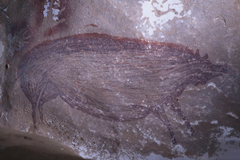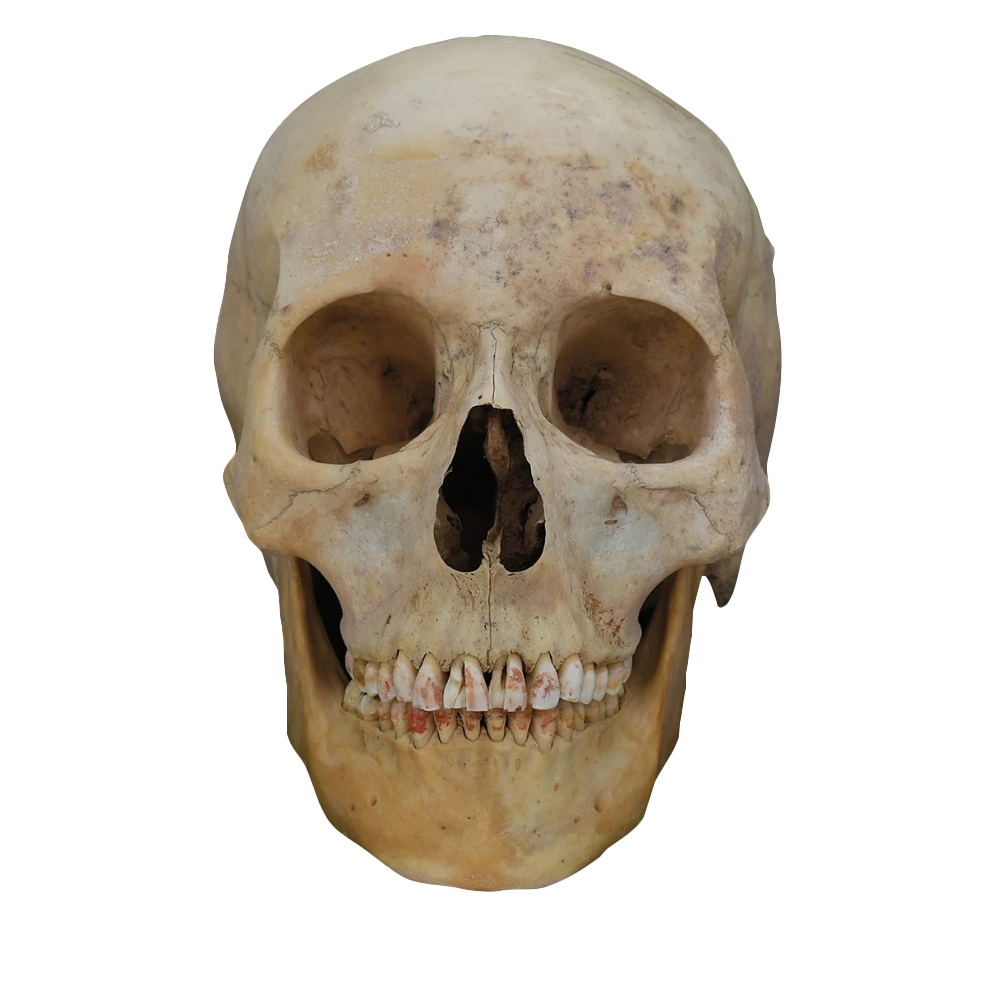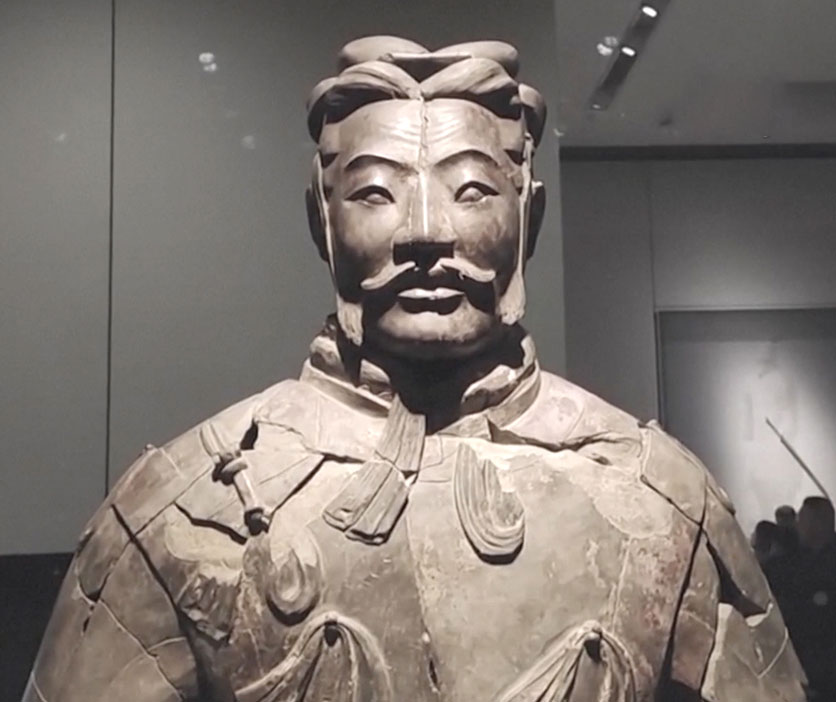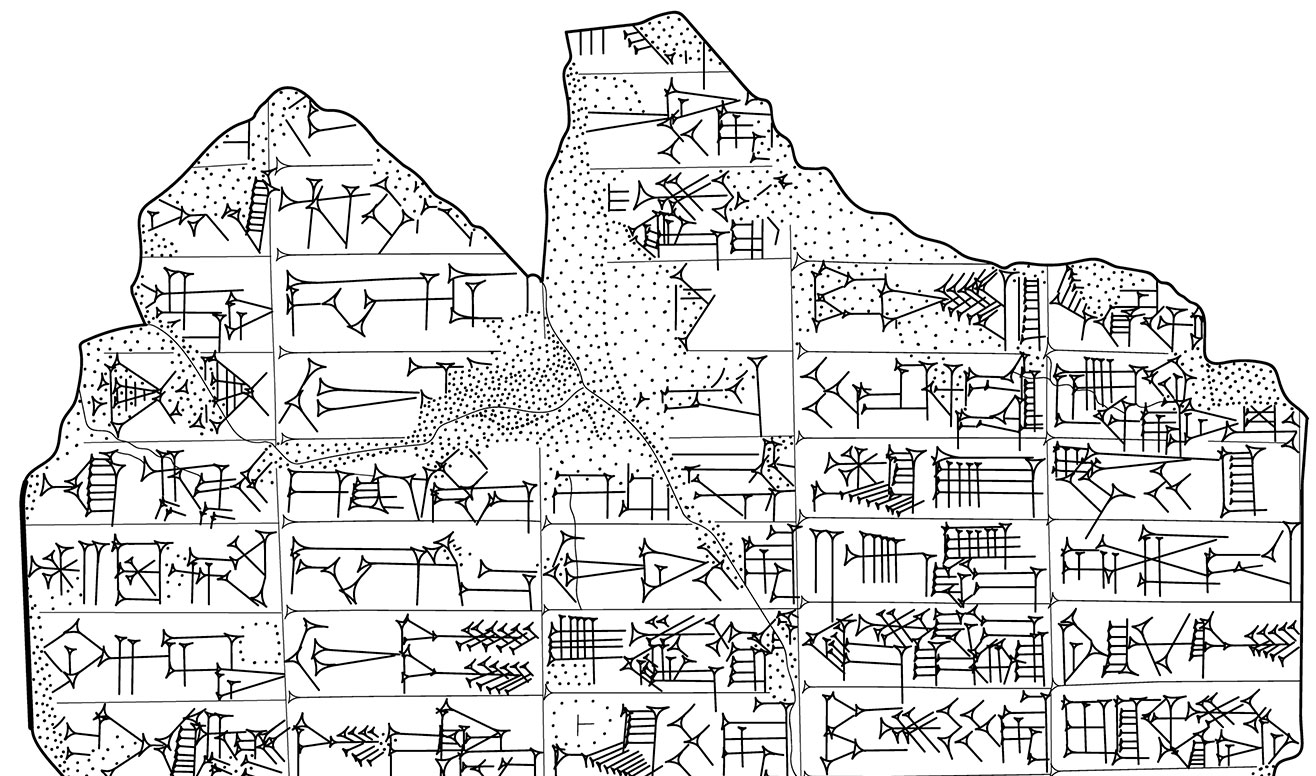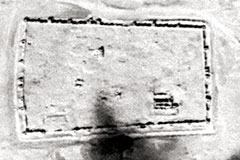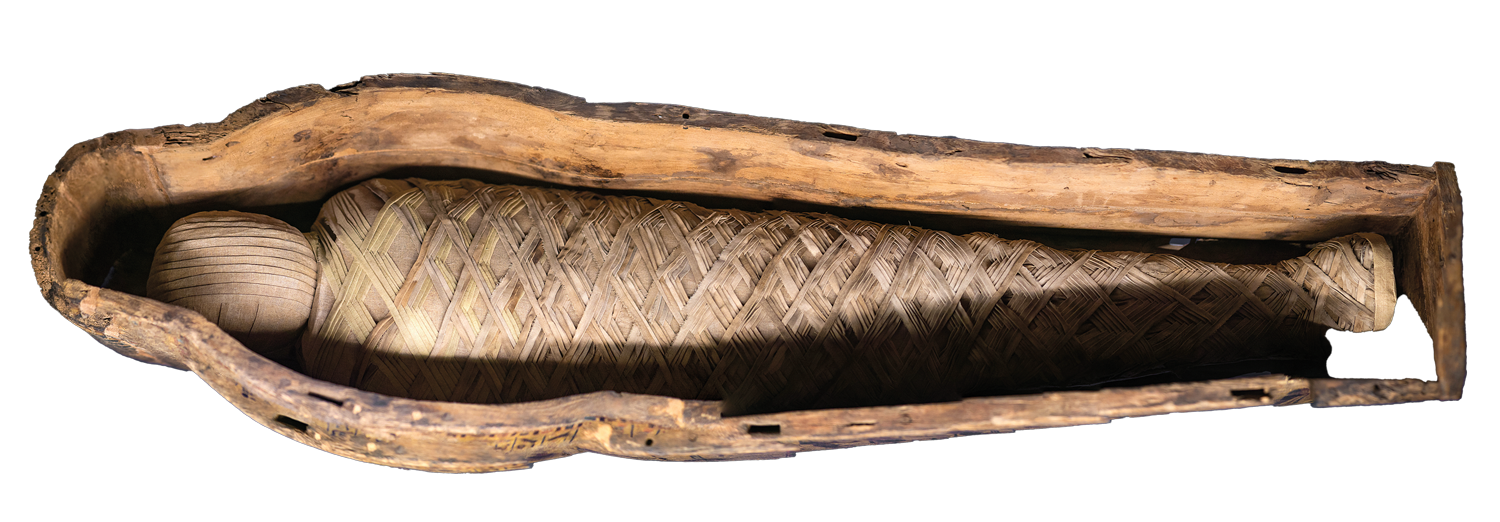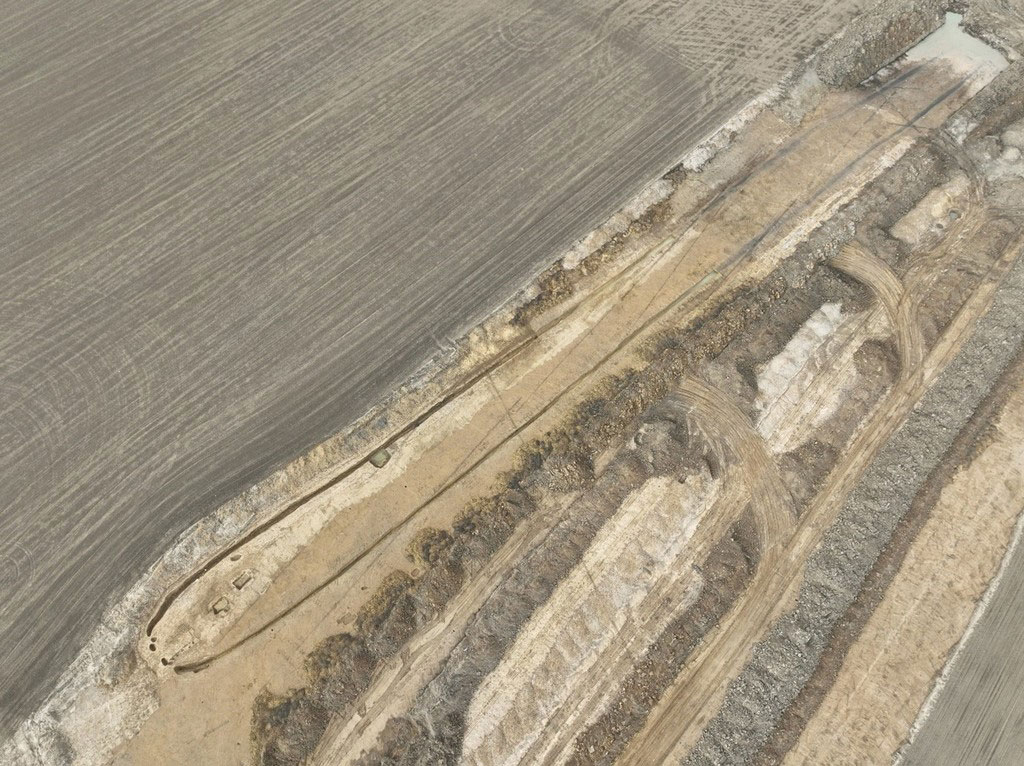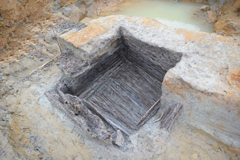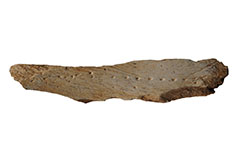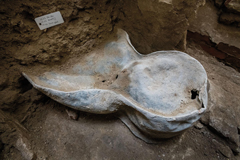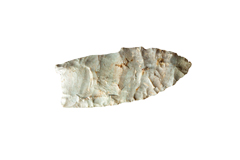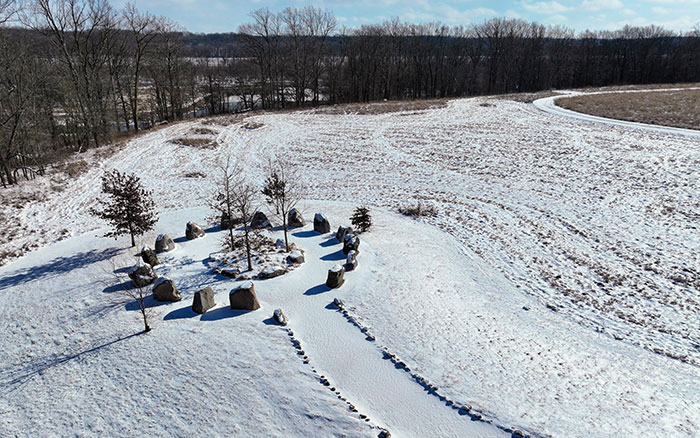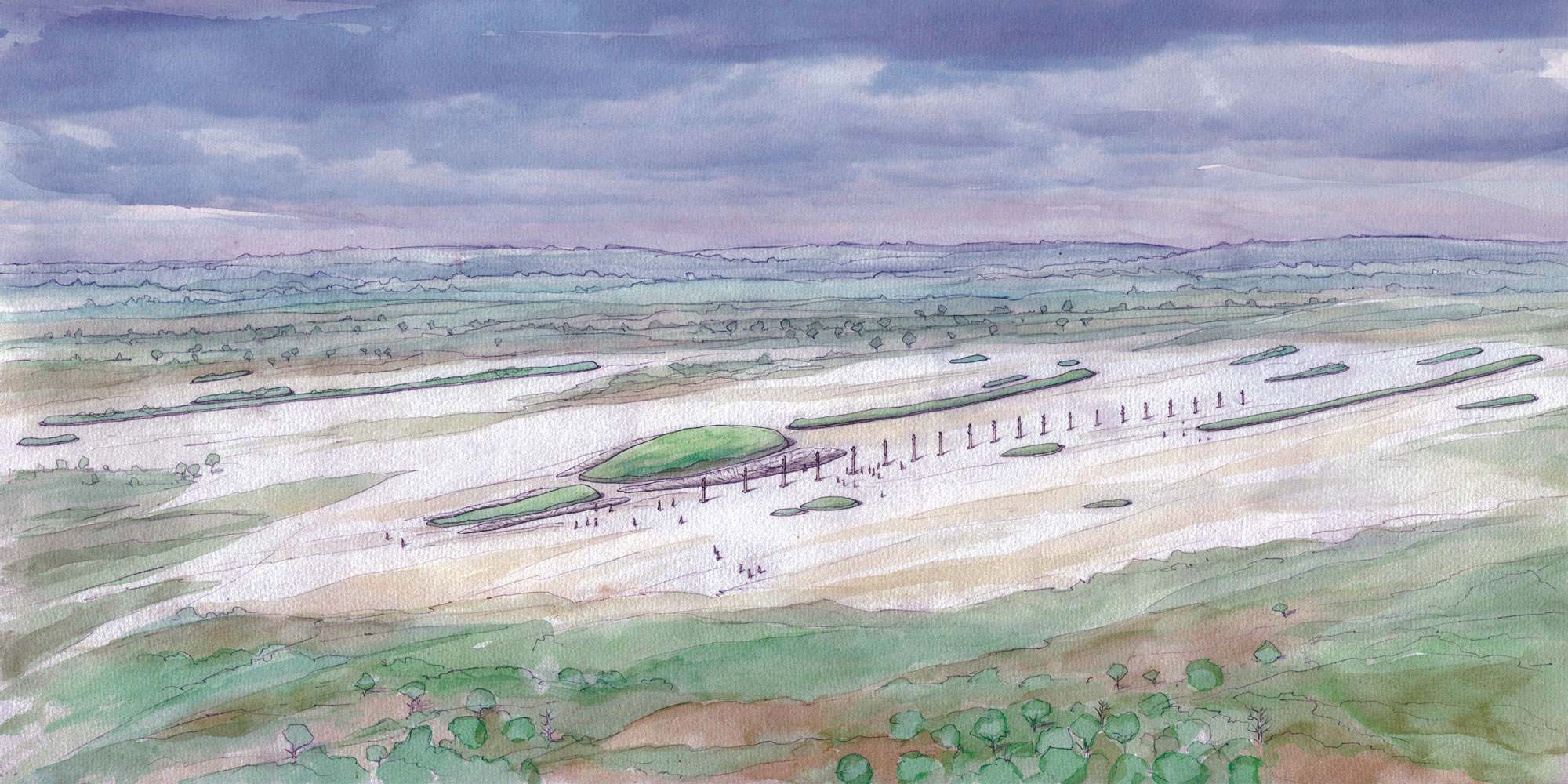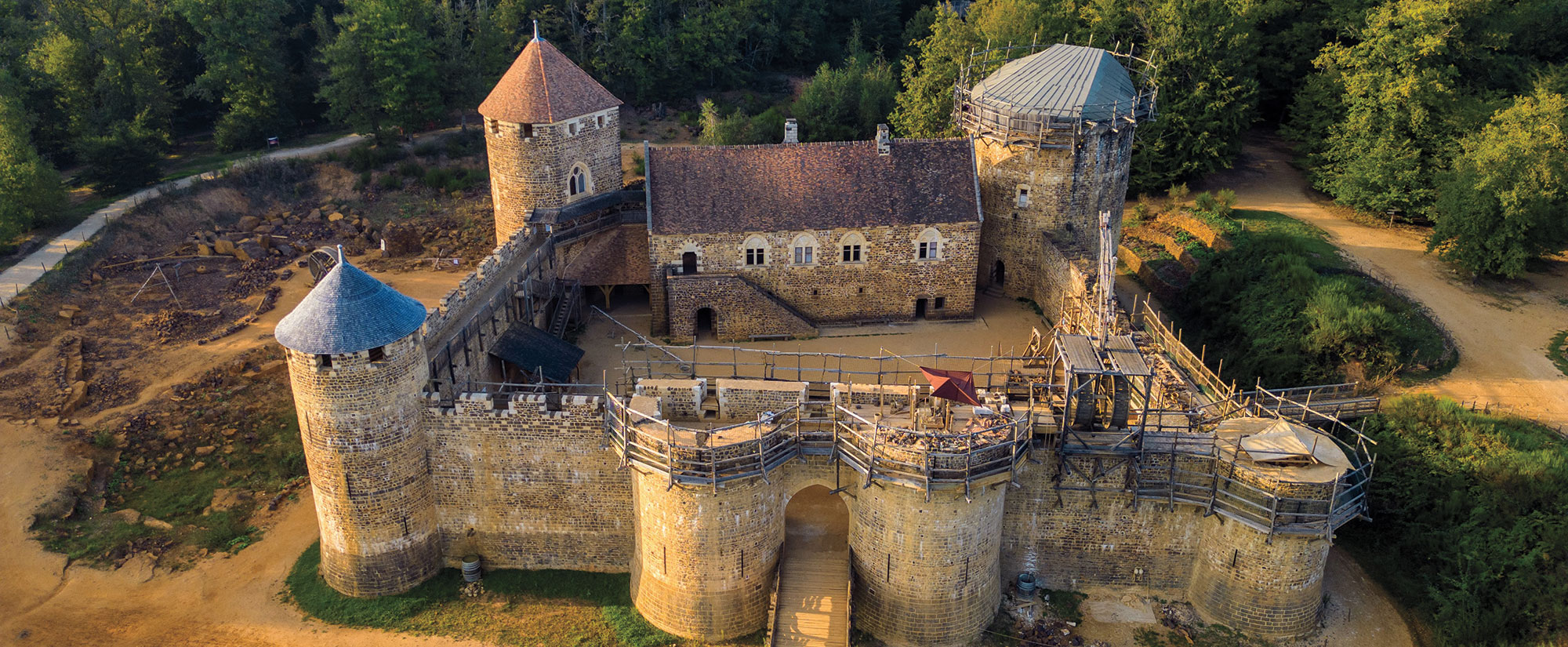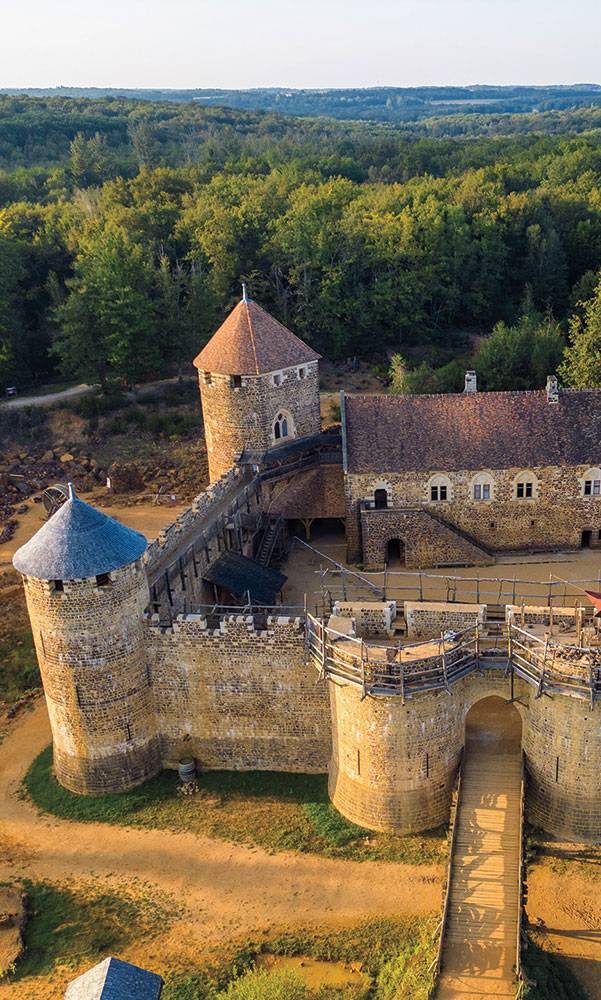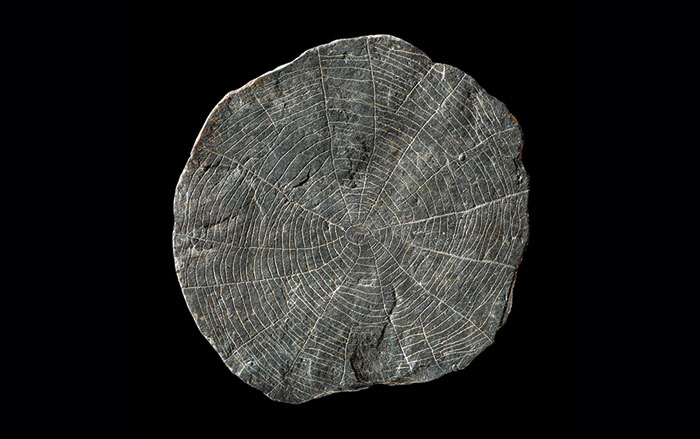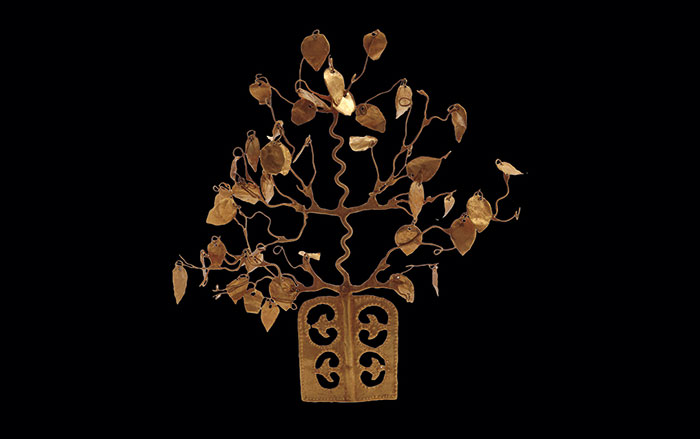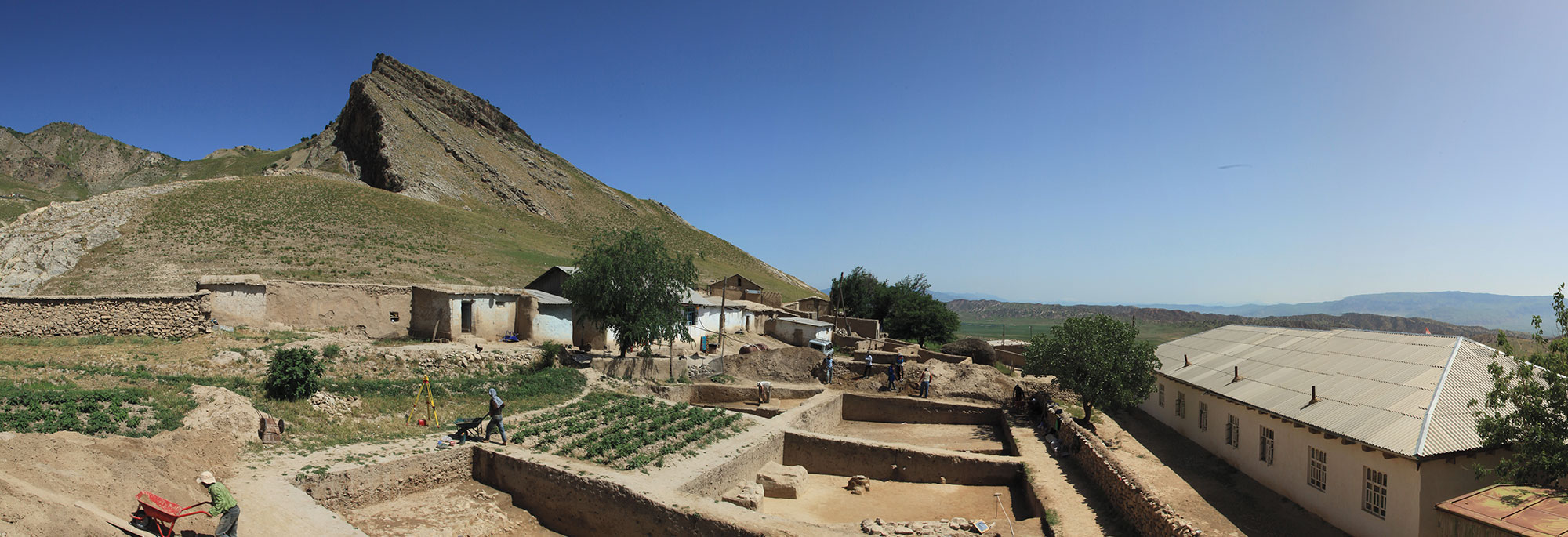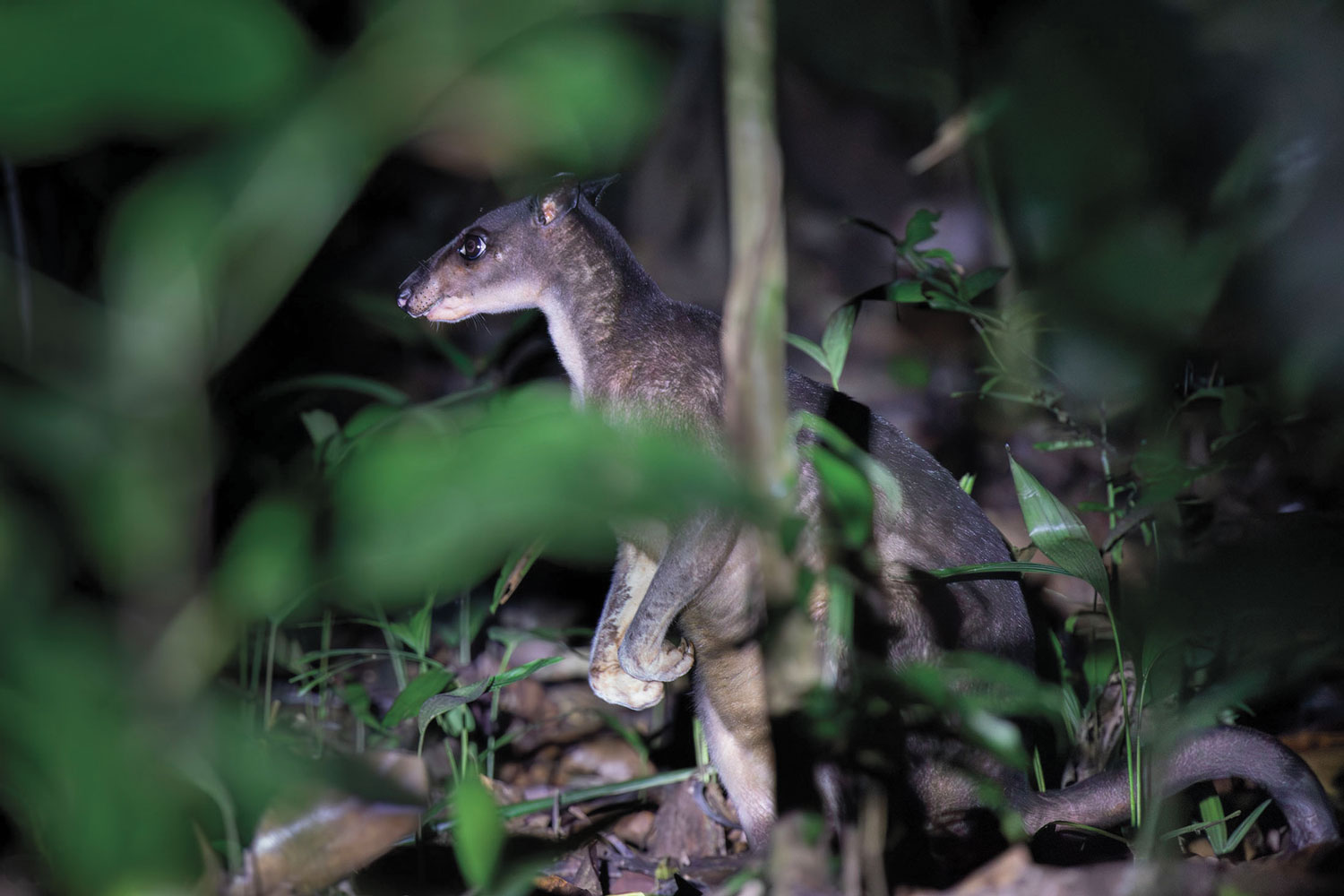
INDONESIA
Early seafarers carried wallabies in their canoes when they set sail across the seas of Southeast Asia from the paleocontinent of Sahul. In one of the earliest known examples of animal translocation, these ancient travelers introduced the marsupials to areas where they were not native. Evidence from Mololo Cave in the Raja Ampat Islands, near New Guinea, reveals that people were butchering and cooking brown forest wallabies as long as 13,000 years ago. The animals were also used for their pelts and as a source for making bone tools.
Related Content

CHINA
Han Dynasty emperor Liu He, better known as the Marquis of Haihun, was deposed after ruling for just 27 days, but his tomb near the city of Nanchang was nevertheless filled with many valuable items—among them the world’s oldest known steel acupuncture needles. Analysis indicated that the 2,000-year-old spikes were crafted using a technique that allowed them to be made as thin as modern needles. The artisans knew it was crucial that these implements be made from steel—gold and silver are too malleable, and iron rusts, potentially causing infection.
Related Content
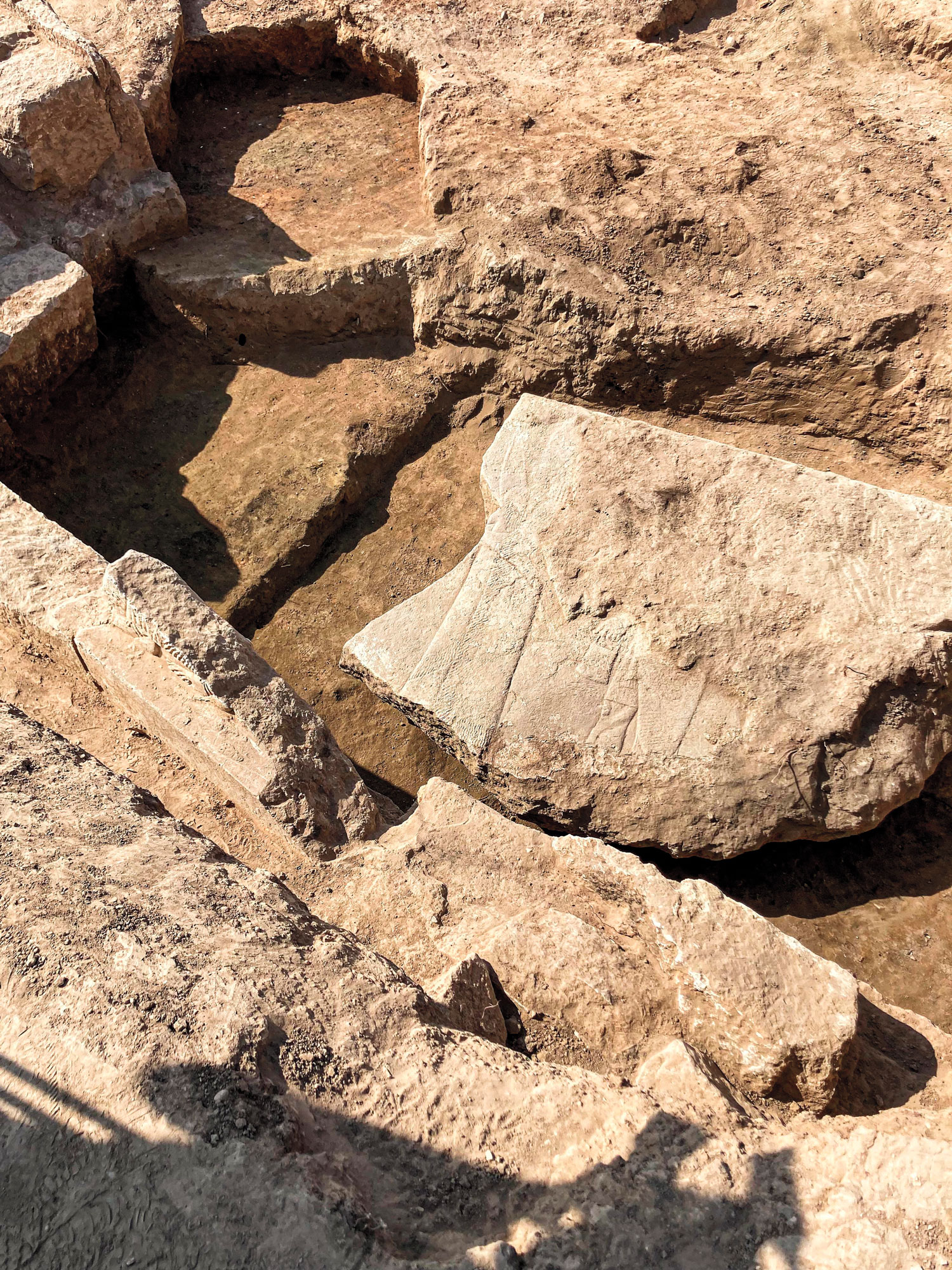
IRAQ
Excavators in Nineveh unearthed fragments of a monumental stone relief representing the 7th-century b.c. king Ashurbanipal. The complete 18-foot-long, 10-foot-tall carved block would have weighed 12 tons and would have lined a wall near the entrance to Ashurbanipal’s throne room. It portrays the powerful ruler flanked by the principal Assyrian deities, Ashur and Ishtar. Although Nineveh’s palaces contained many similar artworks, none depict any of the major Assyrian gods.
Related Content
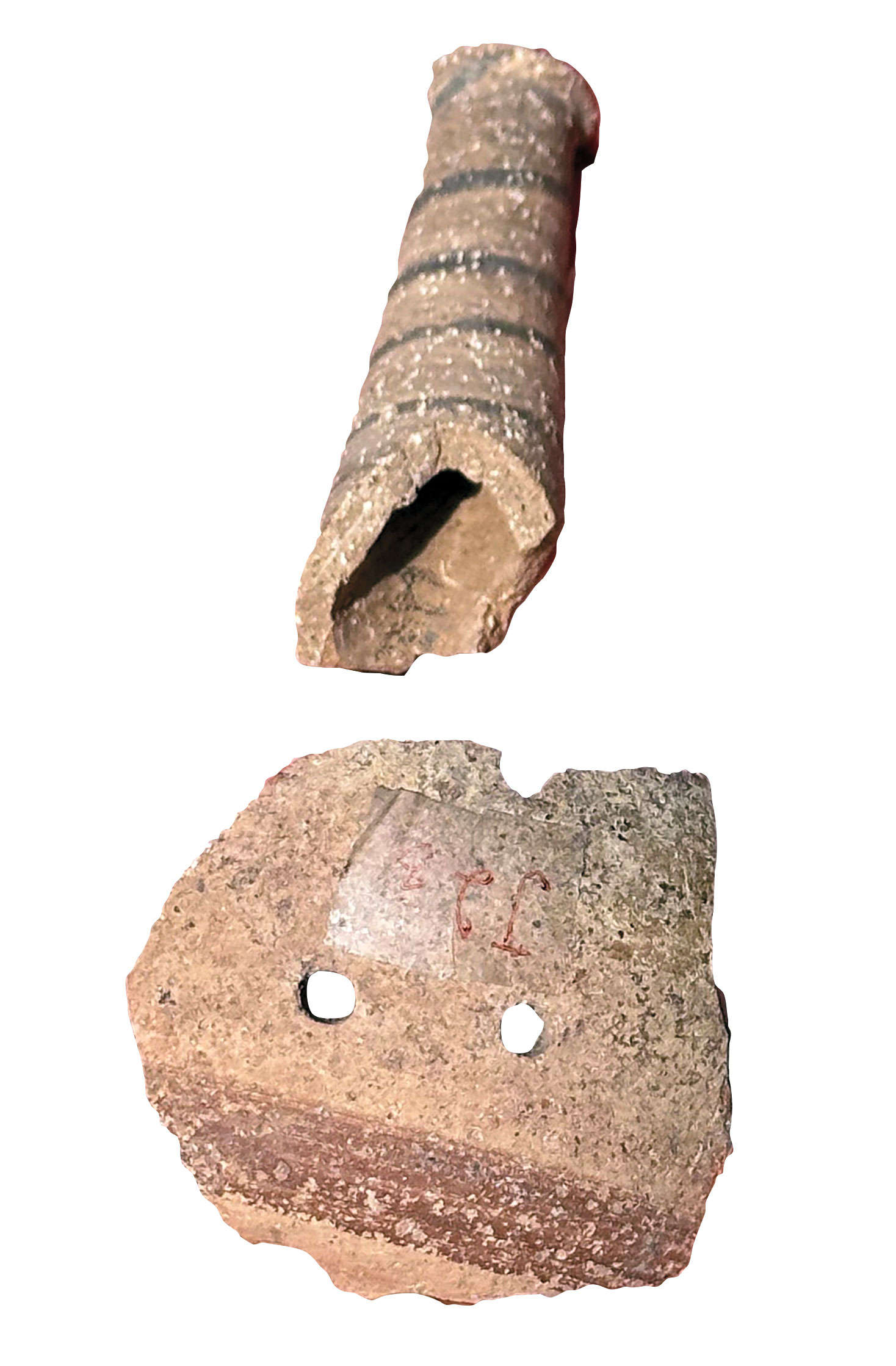
SYRIA
Bronze Age parents in the city of Hama 4,500 years ago could go to the market and purchase high-quality toys to entertain their children. Small clay artifacts found decades ago that produce a sound when shaken were originally thought to be musical instruments. New research suggests they were actually baby rattles. The composition of the clay used to make the rattles is indistinguishable from that of other professionally made local pottery, suggesting that these noisemakers were mass-produced and sold alongside ceramic cups, bowls, and dishes.
Related Content
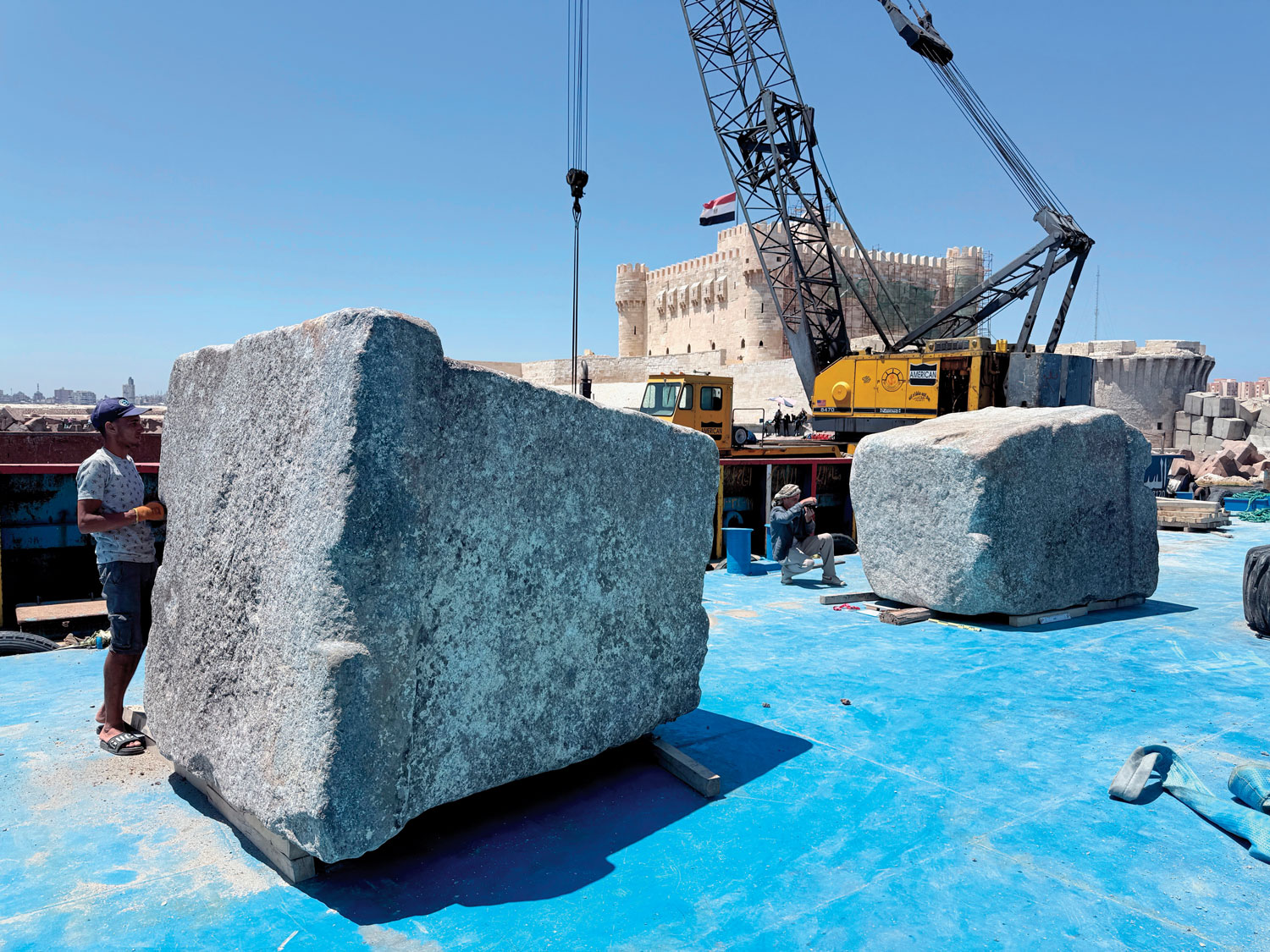
EGYPT
Built in the 3rd century b.c., the Lighthouse of Alexandria was one of the Seven Wonders of the Ancient World and one of the world’s tallest structures—until it was toppled by earthquakes around the 14th century. Recently, 22 massive blocks from the lighthouse were lifted from the seafloor. Archaeologists are scanning each block to create a virtual model that they hope will provide new clues about the monument’s construction, design, and eventual collapse.
Related Content
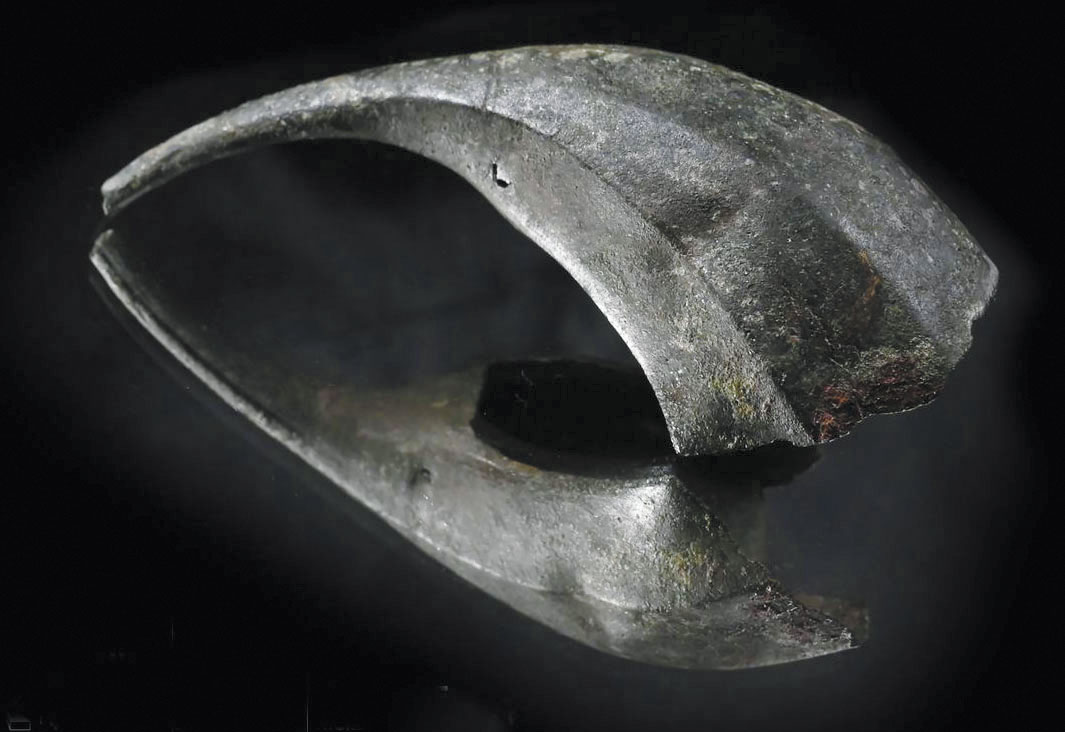
CZECH REPUBLIC
A Roman soldier fighting beyond the empire’s borders seems to have dropped his metal change purse 2,200 years ago. The curved hollow piece of bronze, which only partially survives, was found on Hradisko Hill, the site of a legionary camp during the Marcomannic Wars (a.d. 166–180). Roman soldiers commonly looped these purses around their forearms to safeguard their money while on the move. The purse’s design indicates it was worn on the left arm, keeping the right arm unencumbered and free to wage battle.
Related Content

SPAIN
When archaeologists picked up a small pebble in the San Lázaro rock shelter, they noticed it resembled a human face. Natural indentations formed 2 eyes and a mouth, while a red ocher smudge suggested a nose. Scanning the pigment revealed a human fingerprint that researchers believe was deliberately left by a Neanderthal 43,000 years ago. This is one of the earliest and most complete Neanderthal fingerprints identified. The object may be the oldest example of Neanderthal portable art.
Related Content
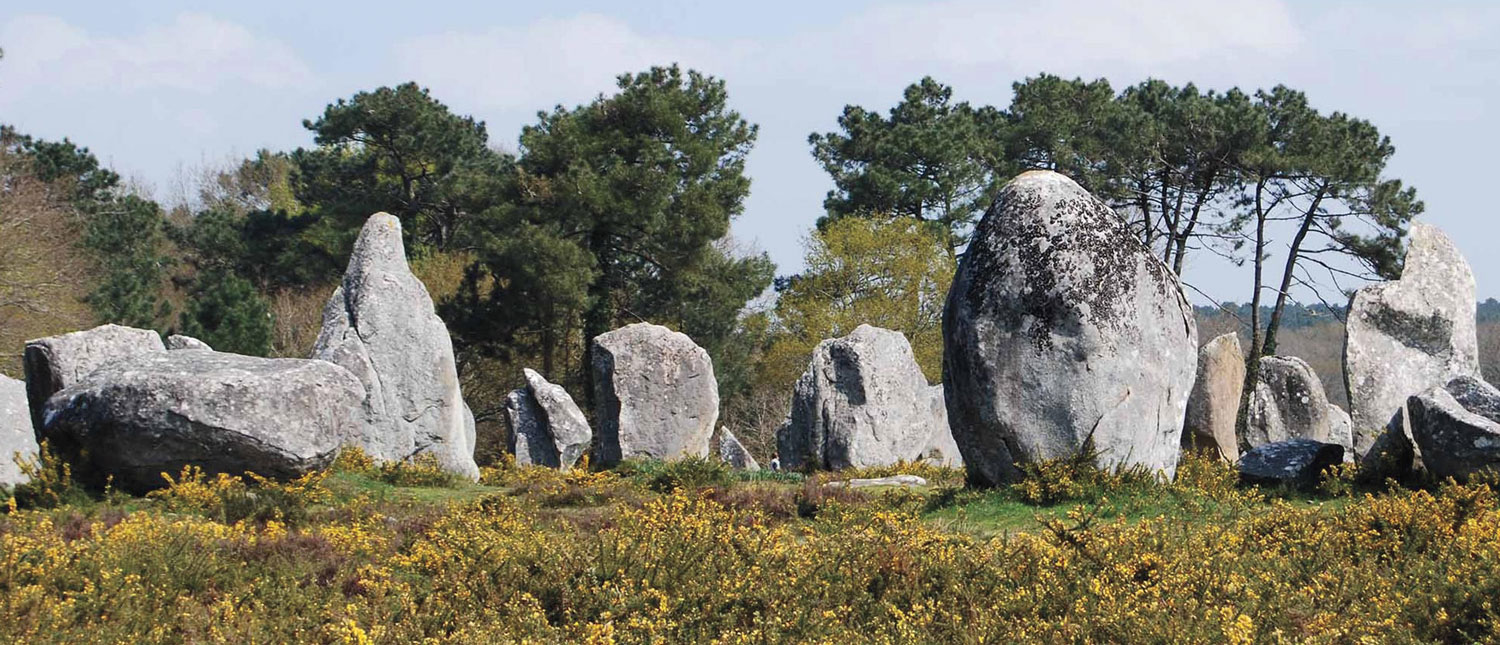
FRANCE
More than 3,000 ancient standing stones are strewn across the Carnac region of Brittany, making it home to one of Europe’s highest concentrations of megalithic monuments. This may also be where this mysterious pan-European Neolithic tradition began. It has been difficult for archaeologists to precisely date when these megaliths were erected. However, new radiocarbon dates from the site of Le Plasker indicate that the megalithic complex there was created between 6,600 and 6,300 years ago, likely making it the oldest example in Europe.
Related Content
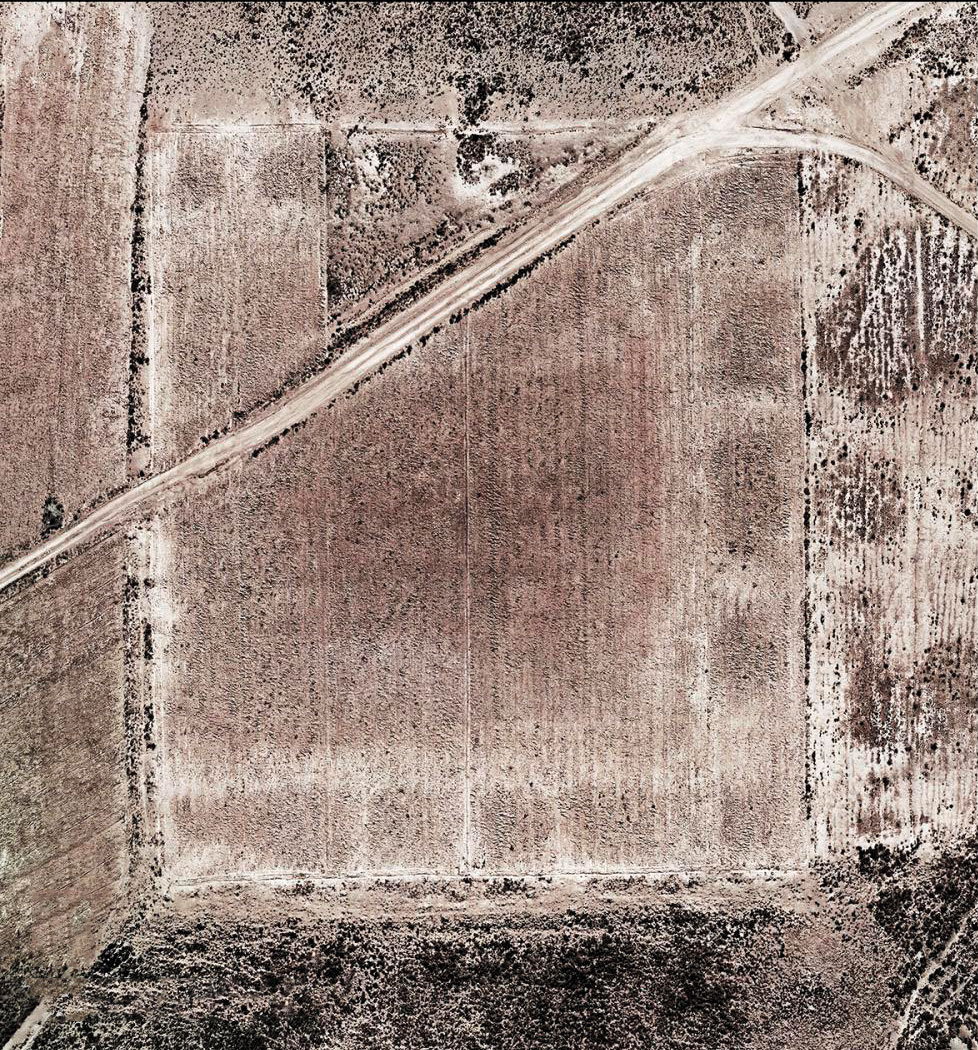
BOLIVIA
A large temple built by people of the enigmatic Tiwanaku culture was discovered at the site of Palaspata near Lake Titicaca. The structure appears to have been aligned with the solar equinox. Abundant fragments of cups used to imbibe maize wine found at the complex suggest it hosted ritual feasts and celebrations. Scholars consider the Tiwanaku, whose state suddenly collapsed around a.d. 1000, to have been one of the earliest advanced Andean societies and precursors to the Inca.
Related Content

MICHIGAN
A lidar survey of the Sixty Islands archaeological site identified unexpected evidence of extensive farming by the ancestors of today’s Menominee people. The study revealed a huge network of raised ridges used to grow crops between a.d. 1000 and 1600. Researchers previously believed that the Upper Peninsula’s short, cold growing season hampered such large-scale agricultural efforts and that the area was inhabited only by small communities. The new findings indicate that the region may in fact have been home to much more substantial settlements.




